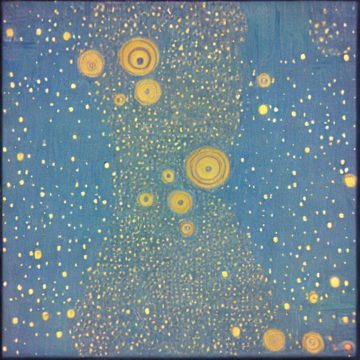 Marco D’Eramo in Sidecar:
Marco D’Eramo in Sidecar:
If the three wise men were to travel on their camels to the stable in Bethlehem this year, they would almost certainly get lost. Along vast tracts of their route, they would be unable to rely upon their guiding star, for the simple reason that it would not be visible. Baby Jesus would have to forego his gold, frankincense and myrrh.
A paradox characterises our society: we know more about the universe than ever before – we know why the stars shine, how they are born, how they grow old and die, can perceive the swirling motion of galaxies invisible to the naked eye, listen (so to speak) to the sounds of the origin of the universe emitted some 15 billion years ago. Yet for the first time in human history few adults can recognize even the brightest of stars, while most children have never witnessed a starry night. I say most because the majority of the world’s population today – now surpassing 4 billion – live in urban areas, where artificial light obscures the stars from view.
(This is a form of contradiction common to modern life. The moment we are able to satisfy our desire to fly across the world to exotic beaches and get a tan, the hole in the ozone layer makes the ultraviolet rays of the sun dangerous and carcinogenic. As soon as we realize our desire for cleanliness – see my previous article on eliminating odours – water becomes a limited resource, and so on.)
The awesome spectacle of the star-filled sky is quite unknown to most of us today.
More here.

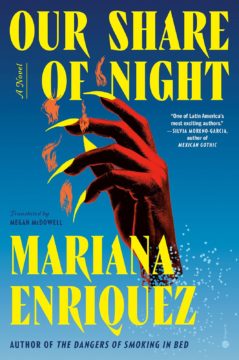 David Kurnick in Bookforum:
David Kurnick in Bookforum: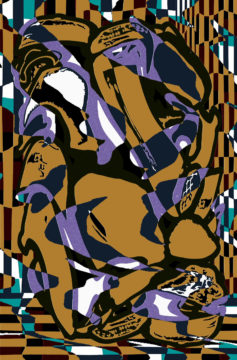 Paul Grimstad in The Baffler:
Paul Grimstad in The Baffler: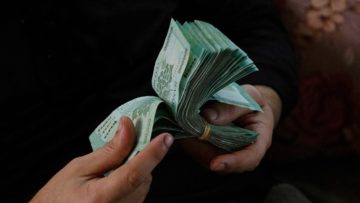 On August 11th an unemployed 42-year-old grabbed his shotgun and a large jerry can of petrol. Dressed in a T-shirt and flip-flops, Bassam al-Sheikh Hussein walked into a
On August 11th an unemployed 42-year-old grabbed his shotgun and a large jerry can of petrol. Dressed in a T-shirt and flip-flops, Bassam al-Sheikh Hussein walked into a  Bushra Rehman’s stunningly beautiful coming-of-age novel “Roses, in the Mouth of a Lion” is set in the Corona neighborhood of Queens, New York, which was enshrined in pop culture by Paul Simon’s 1972 hit “Me and Julio Down by the Schoolyard.” Rehman’s exuberant young protagonist, Razia, knows the song well, although it puzzles her. “Why would Paul Simon be singing about Corona?” she muses. “I didn’t see many white people there unless they were policemen or firemen, and I didn’t think Paul Simon had ever been one of those.”
Bushra Rehman’s stunningly beautiful coming-of-age novel “Roses, in the Mouth of a Lion” is set in the Corona neighborhood of Queens, New York, which was enshrined in pop culture by Paul Simon’s 1972 hit “Me and Julio Down by the Schoolyard.” Rehman’s exuberant young protagonist, Razia, knows the song well, although it puzzles her. “Why would Paul Simon be singing about Corona?” she muses. “I didn’t see many white people there unless they were policemen or firemen, and I didn’t think Paul Simon had ever been one of those.”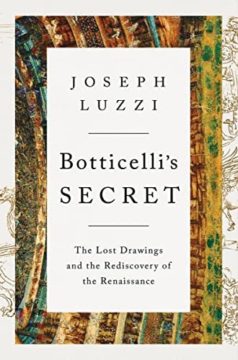 I
I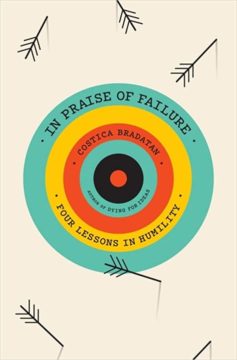 Failure, as Costica Bradatan puts it in his bracing new book, is good for you, but not for the reasons you might think. “In Praise of Failure” is maddening, disturbing, exasperating, seductive — I found myself turned around at so many points that even as I was closing in on the last chapter I wasn’t quite sure where I would land at the end.
Failure, as Costica Bradatan puts it in his bracing new book, is good for you, but not for the reasons you might think. “In Praise of Failure” is maddening, disturbing, exasperating, seductive — I found myself turned around at so many points that even as I was closing in on the last chapter I wasn’t quite sure where I would land at the end.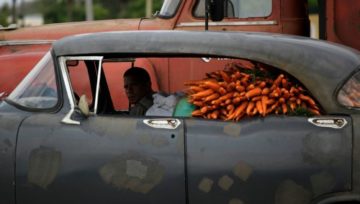 You might worry about offending someone, or lack the time to articulate your disagreement. You may even find yourself in a conversational context so polarised that introducing an objection will likely backfire.
You might worry about offending someone, or lack the time to articulate your disagreement. You may even find yourself in a conversational context so polarised that introducing an objection will likely backfire.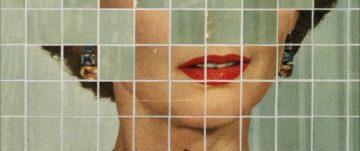 For years, I resisted
For years, I resisted 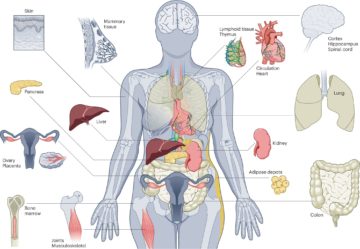 Multiple researchers at the Jackson Laboratory (JAX) are taking part in an ambitious research program spanning several top research institutions to study senescent cells. Senescent cells stop dividing in response to stressors and seemingly have a role to play in human health and the aging process. Recent research with mice suggests that clearing senescent cells delays the onset of age-related dysfunction and disease as well as all-cause mortality.
Multiple researchers at the Jackson Laboratory (JAX) are taking part in an ambitious research program spanning several top research institutions to study senescent cells. Senescent cells stop dividing in response to stressors and seemingly have a role to play in human health and the aging process. Recent research with mice suggests that clearing senescent cells delays the onset of age-related dysfunction and disease as well as all-cause mortality. E
E In a quiet group chat in an obscure part of the internet, a small number of anonymous accounts are swapping references from academic publications and feverishly poring over complex graphs of DNA analysis. These are not your average trolls, but scholars, researchers and students who have come together online to discuss the latest findings in archaeology. Why would established academics not be having these conversations in a conference hall or a lecture theatre? The answer might surprise you.
In a quiet group chat in an obscure part of the internet, a small number of anonymous accounts are swapping references from academic publications and feverishly poring over complex graphs of DNA analysis. These are not your average trolls, but scholars, researchers and students who have come together online to discuss the latest findings in archaeology. Why would established academics not be having these conversations in a conference hall or a lecture theatre? The answer might surprise you. I work on AI alignment,
I work on AI alignment, 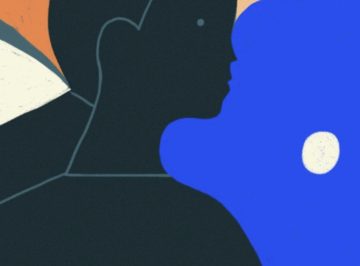 That we often are not the masters of our own machines, and can even become their witless lackeys, is a cautionary claim as old as the Hebrew prophet Isaiah and as urgent as the latest bogus newsfeed on Dr. Fauci’s evil ways. (Instead of saving lives, he’s been busy, don’t you know, torturing puppies, rendering impotent our patriotic men, and implanting surveillance chips in our brains: accusations all conveyed via apps relentlessly surveilled by Facebook, Apple, Google, and their like.) As a species gifted with inventive minds and opposable thumbs, we are ever about the business of generating new tools and techniques that will, we are certain, better our lives. Time after time, though, those new methods and machines also prove to change our public spaces and private selves in radical ways we fail to foresee and come to regret.
That we often are not the masters of our own machines, and can even become their witless lackeys, is a cautionary claim as old as the Hebrew prophet Isaiah and as urgent as the latest bogus newsfeed on Dr. Fauci’s evil ways. (Instead of saving lives, he’s been busy, don’t you know, torturing puppies, rendering impotent our patriotic men, and implanting surveillance chips in our brains: accusations all conveyed via apps relentlessly surveilled by Facebook, Apple, Google, and their like.) As a species gifted with inventive minds and opposable thumbs, we are ever about the business of generating new tools and techniques that will, we are certain, better our lives. Time after time, though, those new methods and machines also prove to change our public spaces and private selves in radical ways we fail to foresee and come to regret.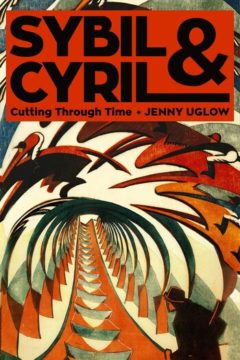 IN A TEACHING MANUAL she wrote in the 1980s, the artist Sybil Andrews stressed the importance of reaching into an image for its essence, stripping away whatever stagnated it. “Can you catch that? Can you get that sense of movement?” she would ask. The advice revealed a design philosophy that had defined her work for decades: her 1931 linocut In Full Cry shows a row of horses leaping over a hedge, their riders’ coattails soaring behind them. The lines themselves are Andrews’s subject, vigorous and unflinching. “I don’t draw the horse jumping,” she said. “I draw the jump.”
IN A TEACHING MANUAL she wrote in the 1980s, the artist Sybil Andrews stressed the importance of reaching into an image for its essence, stripping away whatever stagnated it. “Can you catch that? Can you get that sense of movement?” she would ask. The advice revealed a design philosophy that had defined her work for decades: her 1931 linocut In Full Cry shows a row of horses leaping over a hedge, their riders’ coattails soaring behind them. The lines themselves are Andrews’s subject, vigorous and unflinching. “I don’t draw the horse jumping,” she said. “I draw the jump.”